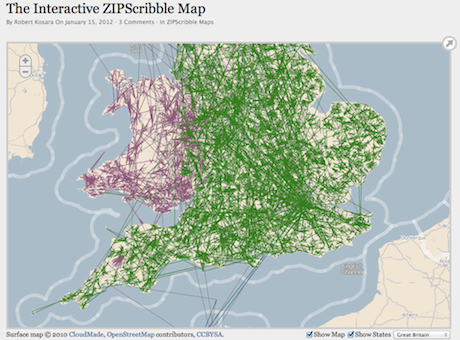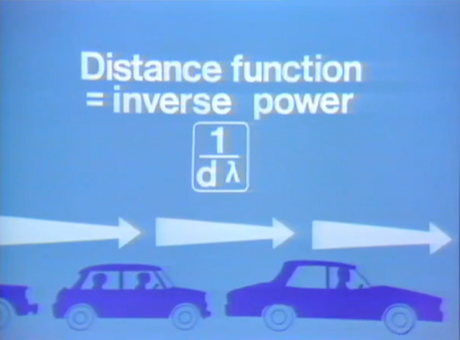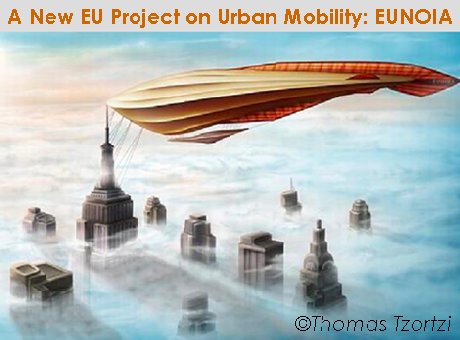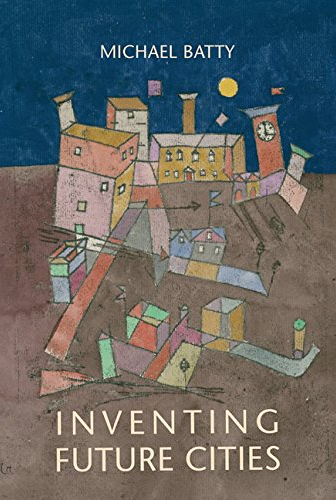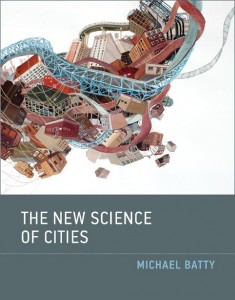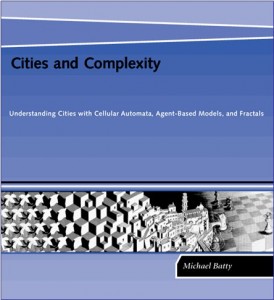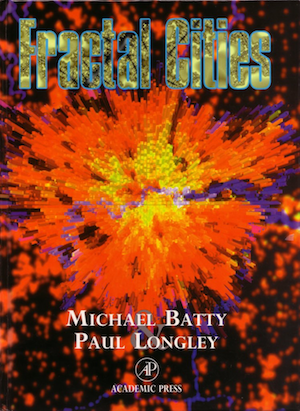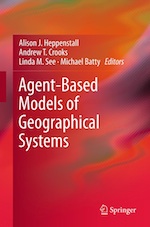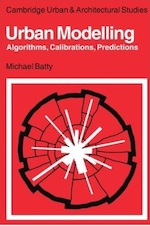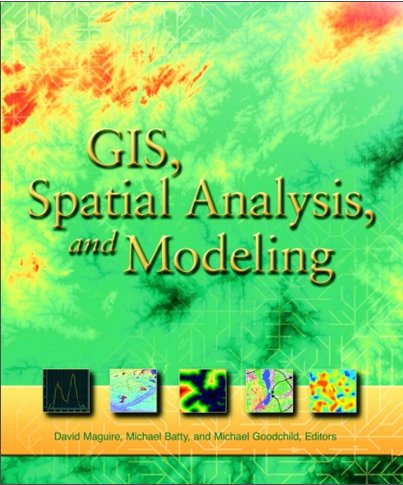Robert Kosara has produced some really neat maps of connected places on his blog ‘eager eyes’ where he connects “all the ZIP or postal codes in a country in ascending order”. The UK is rather integrated it seems compared to other countries. Also check out Ben Fry’s Zipdecode tool and Sam Arbesman has a nice post on fractal zip codes on his Wired blog.
Old is the New Cool at CASA
In 1977, we made a movie about how you build retail spatial interaction models which compute the impacts of new shopping centres on their surroundings. It was made for an Open University Course called Modelling by Mathematics (TM281). It was the 5th in a sequence of 10 half hour programmes designed to teach first year technology students about mathematics. The idea was to take real problems and show how math could help – in this case the focus was on ‘power laws’. I have great hopes that this will become a cult movie, indeed that it will go ‘viral’. Apparently I sound the same but look different – I was so much older then, with a full head of hair and a super kipper tie and wide lapels. You can’t see my pants in the studio setting but I assure you they were ‘bell bottoms’. Anyway somethings never change and we are still bashing away at power laws, gravity models and the like in CASA. Enjoy – if only for the old cars, the old men and the dress sense ! Click here for the Vimeo clip.
EUNOIA
CASA has a new EU (FP7: Future and Emerging Technologies) project called EUNOIA which is about Evolutive User-centric Networks fOr Intraurban Accessibility. The project will run from October 1st 2012 and is worth 268K Euros. It is part of a consortium led by Maxi San Miguel of the Institute of Interdisciplinary Physics and Complex Systems, University of the Balearic Islands, and involving five other groups including our erstwhile collaborators Marc Barthelemy (Institute of Theoretical Physics, Paris) and Kay Axhausen (Transport, KTH Zurich). The picture is from Thomas Tzortzi’s designs for future travel
Incidentally Eunoia is the shortest English word containing all five main vowel graphemes. It comes from the Greek word εὔνοια, meaning ‘well mind’ or ‘beautiful thinking’. You will find a summary of the project on the this site

